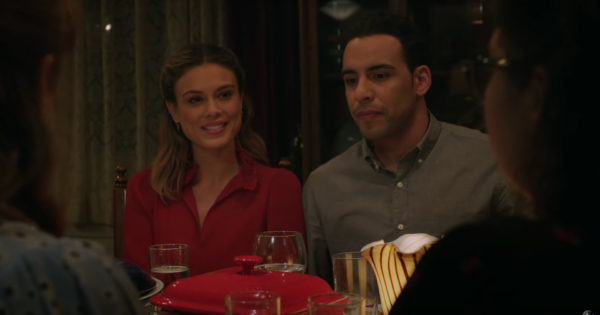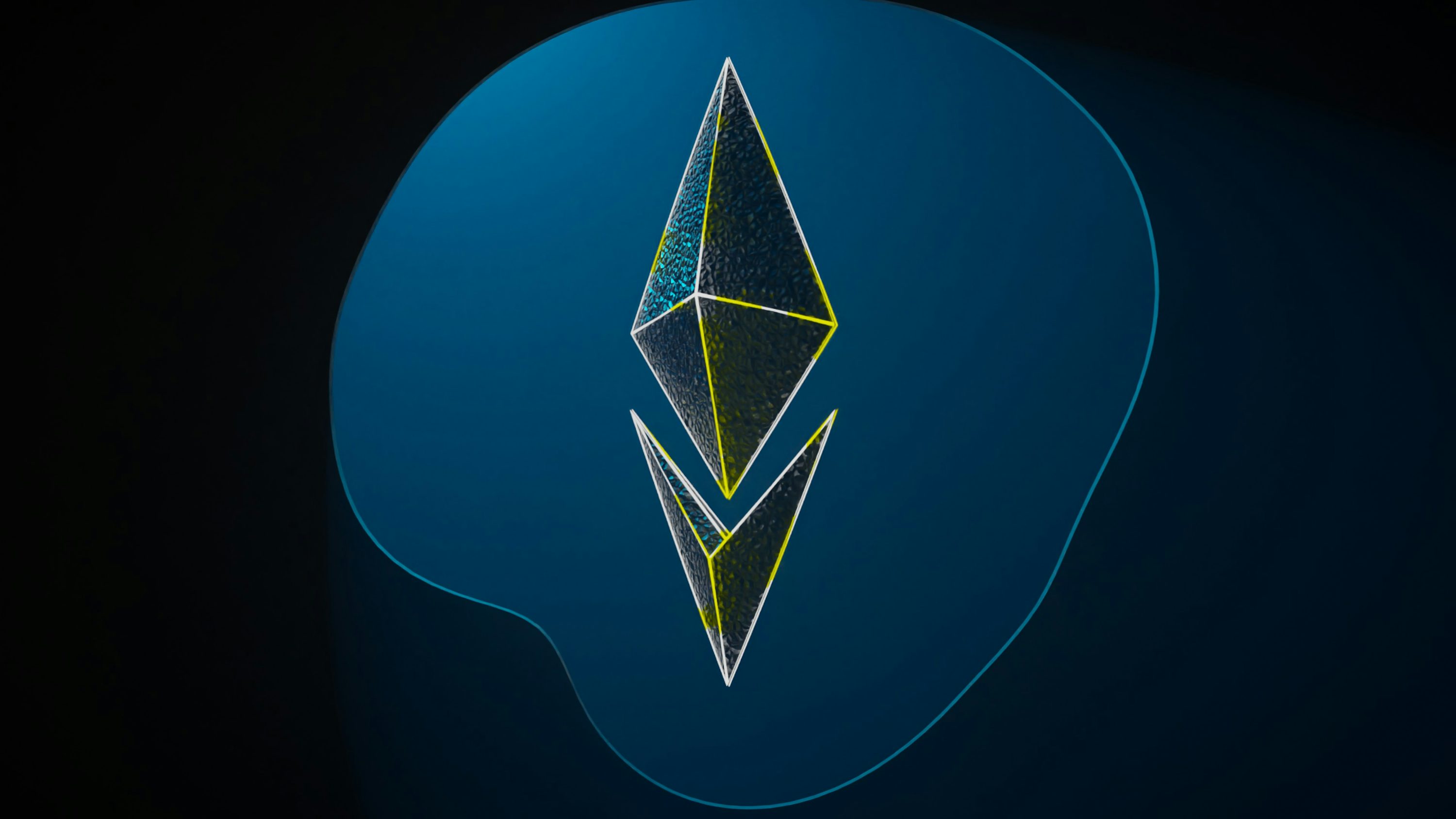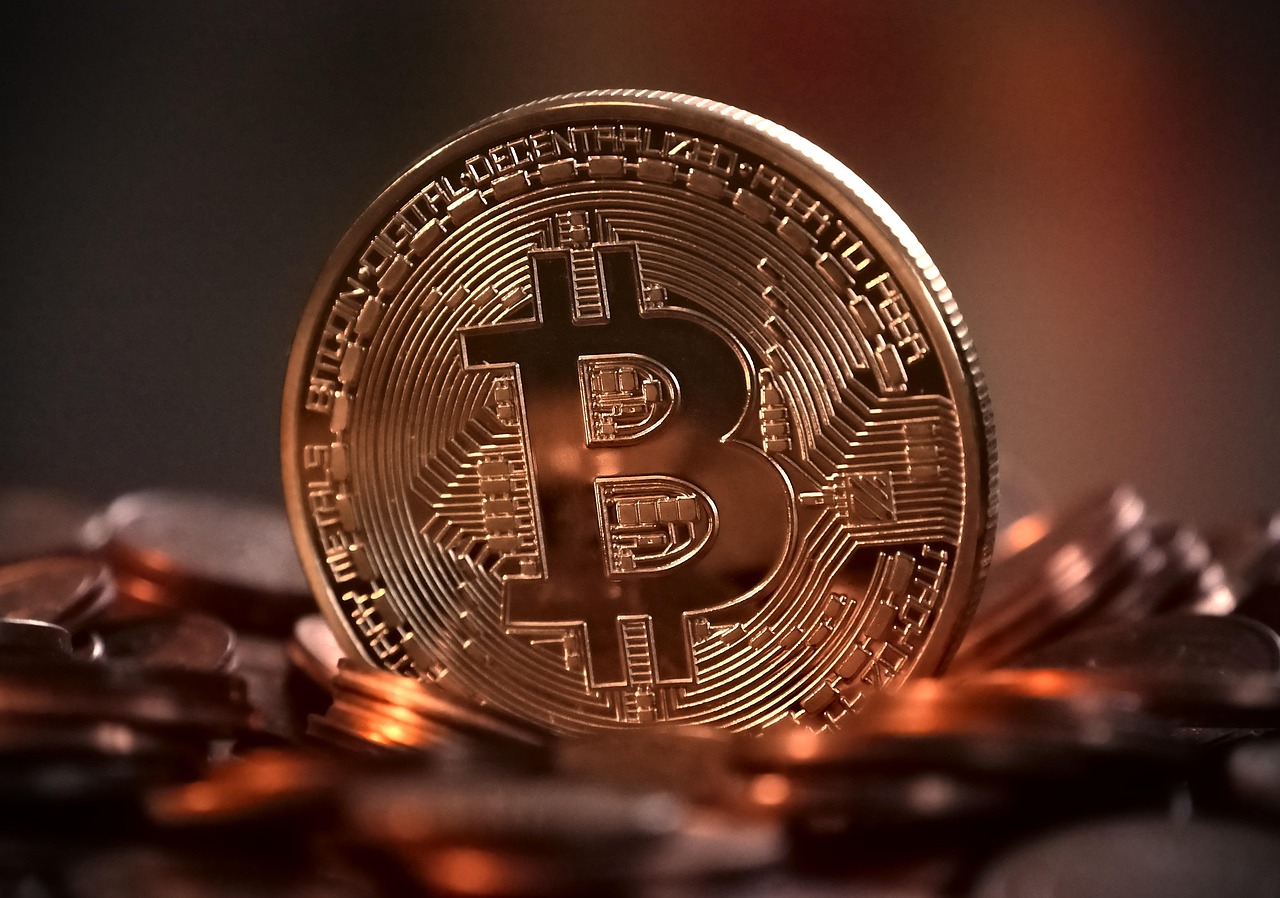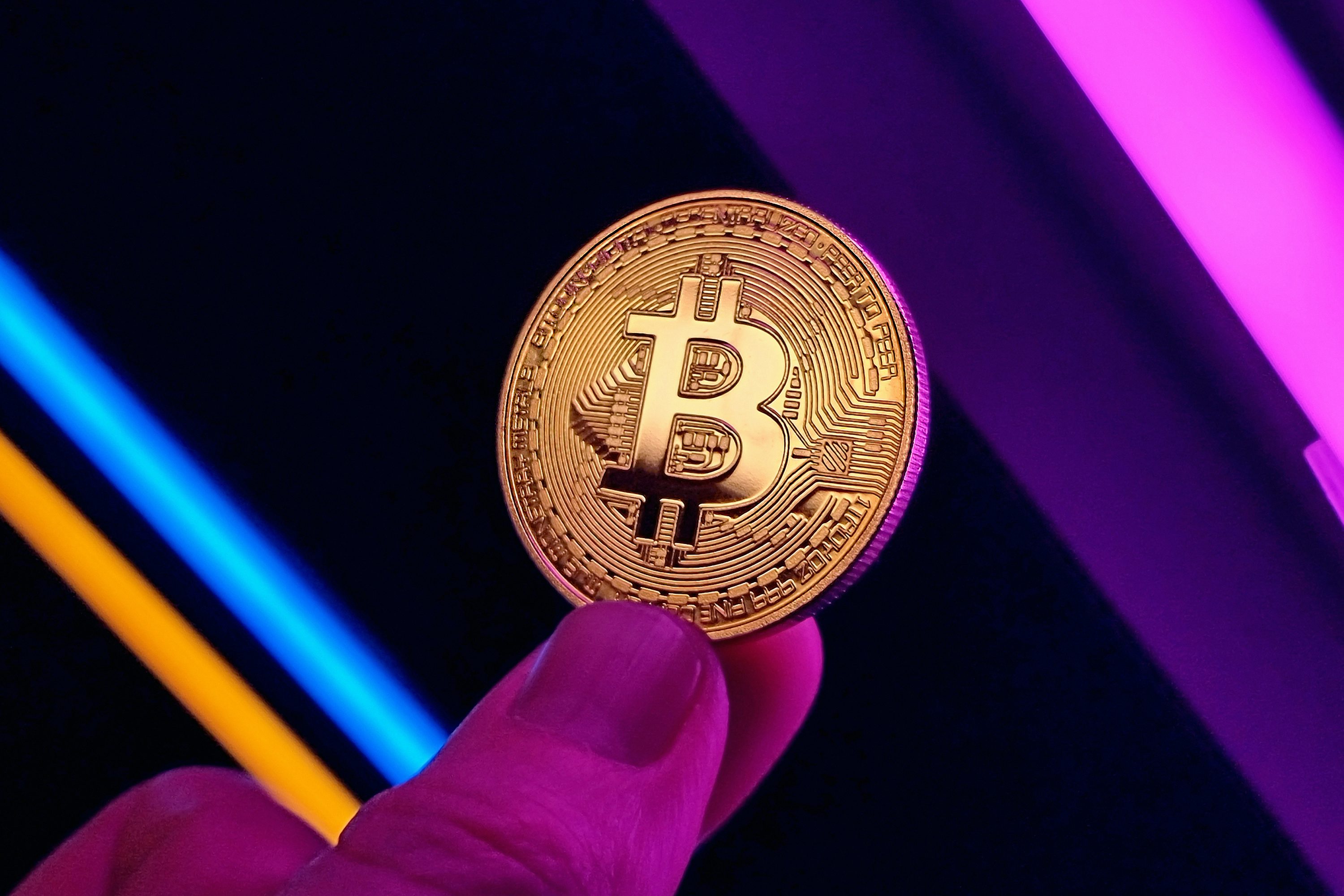How the metaverse is coming to TV—NFTs could reinvent fandom
TV Web3 executives discuss the value of evolving NFT technologies for building audiences and revenue.

Since exploding in popularity over the past year and a half, NFTs have begun affecting the ways brands interact with consumers in retail, gaming, fast food and more. Now, the future of Web3 is starting to take shape on TV screens with shows such as Fox’s “The Masked Singer,” AMC’s “The Walking Dead” and History Channel’s “Ancient Aliens” experimenting with digital tokens, as well as shows conceived and curated specifically for the blockchain.
While the hype cycle of NFTs has seen many brands pass through the space with little commitment, TV and entertainment companies have an opportunity to embark on Web3 projects backed by the longevity of popular franchises and IP, said Rohaina Hassan, lead producer at crypto wallet company Bitski.
The key for brands to claim stakes in the NFT world is “thinking about the application and use for each person, and that varies from industry to industry,” said Hassan. “In TV specifically, it really is about immersion and content and diving in behind the scenes.”
Collectible TV
One example is A+E Networks’ NFT marketplace for its History Channel properties, launched late last month. The marketplace hosts collectible works of art from commissioned artists connected to the channel’s programming, historical figures and heritage months. The NFTs currently range in price from $50 to $200.
“As IP creators, it’s important to be fluent in the technology that is the current language of the media ecosystem that we’re part of,” said Lance Still, senior VP of consumer enterprises at A+E Networks.
NFT-focused projects like History’s NFT Marketplace are an opportunity for entertainment companies to engage audiences, both existing and new, more intimately, Still added. She compared the relevance of TV NFTs to a theme park—a form of direct-to-consumer immersion with a unique ability to align with brand values. Without expending the resources to erect physical rides or structures to immerse History Channel fans, the network is able to create a virtual form of interactivity through the NFTs and their perks, such as physical merchandise, exclusive content and in-person screenings or other events.
One History Channel NFT collection, including an exclusive video from the artist about the work’s creation and a companion mug (an actual mug that gets mailed to buyers), honors Hispanic Heritage Month. The collectibles have philanthropic components written into the code of each sale contract so that it not only can benefit charities at the initial purchase, but continuously with each resell.
Despite the many risks associated with the NFT space, including sustainability and market volatility, Still finds more upside than downside for the network. A consumer obtaining a History Channel NFT, she said, creates an opportunity for A+E to promote its other channels and businesses through subscription offers or live events—in addition to the NFT purchase itself being its own revenue stream.
“Connecting communities is really important,” said Still. “By having NFTs that are with up-and-coming artists who have different stories to tell and really interesting art, it’s a new way to communicate with an audience that we might not have reached yet.”
Franchise immersion
As entertainment companies have begun employing greater creativity and tech edge in Web3, NFTs have emerged as a tool for audience engagement and franchise extension, said Bitski’s Hassan. She added that a project’s viability may vary by intention. Potential projects created purely as revenue drivers may reflect the unpredictable nature of crypto economics. However, Web3 ventures built on fan engagement and extending the reach of creative endeavors can operate successfully regardless of market values.
AMC Networks has taken to the metaverse to construct NFT-based worlds for its franchises “The Walking Dead” and just-premiered “The Immortal Universe of Anne Rice.” While these projects also include the collectible-buying process, each NFT will manifest in an upcoming digital environment that fans will be able to explore via their purchases.
Fans can collect NFT avatars, plots of land and motorcycles that will be elements in “The Walking Dead Lands” metaverse when it launches. An official date hasn’t yet been announced, but it will roll out over the course of months and years. These items currently range in price from $25 to well over $1,000 each on NFT marketplace OpenSea.
“The NFTs that we are creating and selling are not merely collectibles,” said Clayton Neuman, VP of games at AMC Networks. “These are things that are building up towards this metaverse, which will be a digital destination online where fans can gather ... and these NFTs will have utility in that space.”
Beyond the project’s value in superfan engagement for AMC’s franchises, Neuman also said it has drawn new audiences curious to see innovations in the Web3 space and to teach one another how to use them.
“The project is accessible enough and the community was open enough to help onboard the newcomers and show them how the whole system works and why it’s beneficial to them,” said Neuman. “Especially as AMC grows its business in the SVOD space with offerings like AMC+, we see fostering this really highly tuned-in digital audience is a huge advantage—and we see Web3 as a way to create a direct relationship with that audience.”
NFTelevision
Another evolution of NFTs that will literally appear on the screen is Fox’s upcoming series “Krapopolis.” The animated sitcom from “Rick and Morty” creator Dan Harmon began building its fan base in August in preparation for a 2023 premiere.
“Krapopolis” began fan-sourcing its creation process with “Krap Chicken” NFTs. While Fox has explored NFT marketplaces typical of other NFT drops for shows including “The Masked Singer,” the “Krapopolis” animated hens dressed in absurd, historic-esque costumes are users’ tickets into not only communities, content and swag, but give them the opportunity to influence storytelling decisions for the series.
“Krap Chicken” owners are able to vote in time-gated polls. One vote, which took place last month, showed a sketched clip of a kraken rising out of the water next to a ship. “Which sailor gets slapped by the kraken?” asked the poll with three options beneath.
It’s still too early to say if “Krapopolis” is the future of TV, said Melody Hildebrandt, president of Fox’s Blockchain Creative Labs. Still, the company announced last week, before its debut, that “Krapopolis” has already been renewed for a second season.
“Most of the pipeline we’re building [at Blockchain Creative Labs] is pushing that model further and further,” said Hildebrandt. “It’s still an experiment, but one that I believe is going to be a huge part of the future. There’s a lot of things we’ve got to nail to get it there and we’ve still got to really make sure the fans are willing to show up.”
Hildebrandt compared the beginning of NFTs to Pokémon cards, which centered on a “buy, buy, buy, buy” mentality for brands. Now, projects like “Krapopolis” grant access to their specialty communities through single-ticket NFTs, like the “Krap Chicken.”
“We’re able to talk to the community and hear from it in ways we’ve never had before and really identify superfans in ways we’ve never been able to. There’s power to that,” said Hildebrandt. “But I think the bigger power is if we can move upstream, more like 'Krapopolis,' or further upstream even—where we’re thinking about how content is made and how it is distributed to those fans.”
Further upstream
Bitski’s Hassan said the future of Web3 has the potential to shift the very way entertainment is created and consumed—directly through the blockchain. On the Bitski platform, Web3 creators Half an Orange created a series called “Non Fungible Oranges” in early 2021. The series could initially only be seen by owners of the project’s NFTs, the proceeds of which funded additional episodes. The series is now streaming on YouTube.
Like a combination of “Krapopolis” and “Non Fungible Oranges,” entire franchises might be developed, funded and distributed through fan NFT ownership, which could then generate returns on investment for those fans down the road as they trade and sell collectibles. But the technology isn’t quite there yet, said Hassan, as a platform hasn’t yet developed that can merge the functions of an NFT marketplace and video streamer without the necessity for fans to download and host bulky video files locally on their devices.
“The consumption piece we’re still a little far away from—that'll be really cool to see people actually drop their NFT like episodes into a player or some sort of way to actually experience it,” said Hassan. “I can definitely see a world where film and TV is even more democratized, like we saw with GoFundMe and Kickstarter—people using them to fund their indie projects. I don't think the Web3 space will be any different. People will continue to do that and build community and bring people in to build with them.”

 JimMin
JimMin 
























.jpg)






